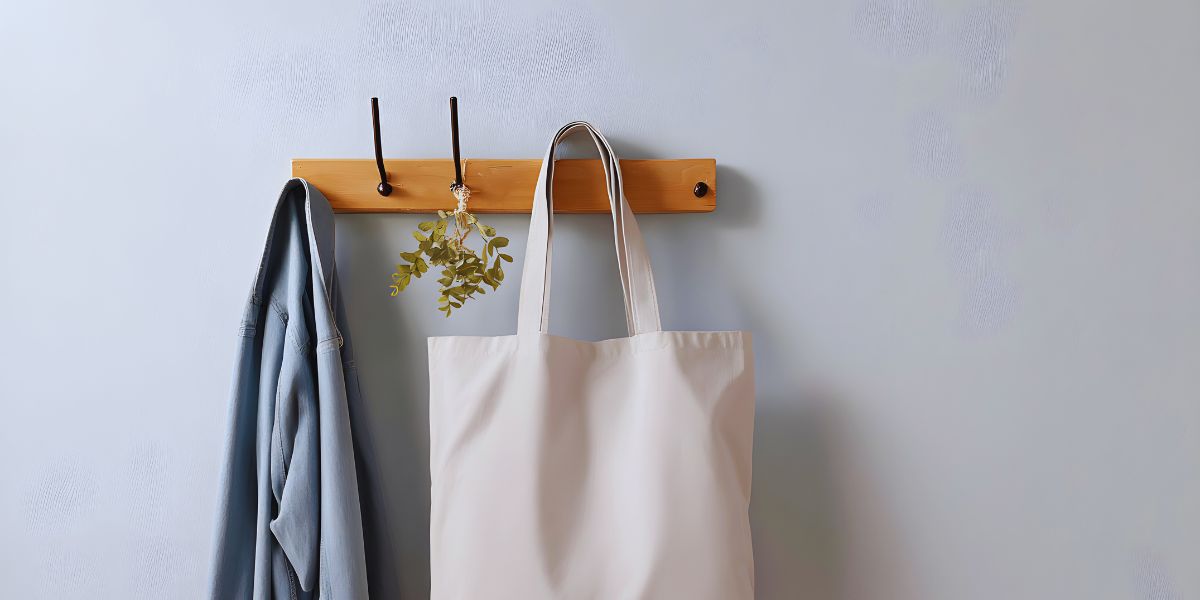Retail display hooks are essential tools for organizing and presenting products in stores. They provide order, optimize space, and improve customer experience. Whether used in supermarkets, clothing outlets, hardware shops, or electronic stores, display hooks support effective merchandising. This guide explains what retail Display Hook are, their types, benefits, and how they influence sales and store layouts.
What Are Retail Display Hooks
Retail display hooks are fixtures designed to hold products on pegboards, slatwalls, or gridwalls. They are typically made from steel, stainless steel, or strong plastic. Available in different lengths and thicknesses, they can support lightweight items like accessories or heavier goods such as packaged tools. Their purpose is to keep merchandise organized while making it easily accessible to customers.
Importance of Display Hooks in Retail
The correct use of display hooks improves both functionality and presentation. Organized displays make stores more attractive and allow customers to browse with ease. Hooks reduce clutter by arranging products vertically instead of stacking them on shelves. This efficient use of space helps retailers display more items within the same area, improving stock visibility.
Types of Retail Display Hooks
Different hooks are used depending on product type and store layout.
Single Peg Hooks
Used for lightweight merchandise such as snacks, accessories, or stationery.
Double Peg Hooks
Provide extra strength and are suitable for medium to heavy items like electronics or tools.
Slatwall Hooks
Designed for slatwall panels often found in fashion and home goods stores.
Gridwall Hooks
Offer flexible arrangements for electronics, seasonal goods, or promotional displays.
Heavy-Duty Hooks
Built for industrial or bulky products that require higher load-bearing capacity.
Each type has attributes like length, diameter, and load capacity, making it important to match the hook to the merchandise.
Materials and Durability
Durability is an important factor in retail fixtures. Most hooks are made from stainless steel or carbon steel for strength. Coated finishes prevent rust and maintain a polished look. Plastic hooks are also available, offering a lightweight and cost-effective option for small products. The choice of material depends on the product weight, frequency of use, and store environment.
Benefits of Using Display Hooks
Display hooks provide multiple advantages for retailers and customers.
Space Optimization
Hooks allow vertical use of pegboards and walls, freeing shelf space for other merchandise.
Improved Organization
Products displayed on hooks are arranged clearly, reducing clutter and making selection easier.
Faster Restocking
Empty hooks indicate where new stock should go, reducing time spent on shelf organization.
Better Customer Experience
A clean and structured layout allows customers to find products quickly, improving satisfaction.
Impact on Sales
Display hooks play a role in influencing buying behavior. Products placed at eye level on hooks gain more visibility, increasing the chance of purchase. Grouping similar products together on hooks helps customers compare options easily. Hooks also highlight seasonal promotions and new arrivals. Research in retail design shows that organized displays can improve sales by encouraging impulse buying and faster decision-making.
Best Practices for Retail Display Hooks
Retailers can improve efficiency by using hooks correctly. Hooks should be matched to product weight and size to avoid overcrowding. Grouping related items makes browsing easier, while proper spacing between hooks ensures displays remain attractive. Secure installation prevents accidents and maintains a professional store appearance.
Frequently Asked Questions
What products can be displayed using hooks
Hooks can display packaged food, clothing accessories, electronic items, tools, and household goods depending on the hook type.
How much weight can retail display hooks hold
Weight capacity varies by type. Standard hooks support between 1 kg and 10 kg, while heavy-duty hooks can hold more.
Are metal hooks better than plastic hooks
Metal hooks are stronger and durable, making them suitable for heavy products. Plastic hooks are lightweight and affordable, ideal for small goods.
Can hooks be customized
Yes, manufacturers provide custom lengths, finishes, and designs to suit store branding and layouts.
Conclusion
Retail display hooks are vital tools for creating organized, efficient, and attractive store layouts. They maximize shelf space, improve visibility, and enhance the customer experience. With options available in different sizes, materials, and designs, retailers can match hooks to their specific needs. Their ability to influence sales and maintain order makes them an indispensable part of modern retail merchandising.
